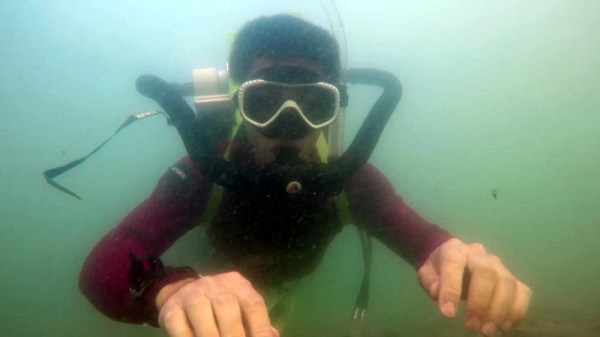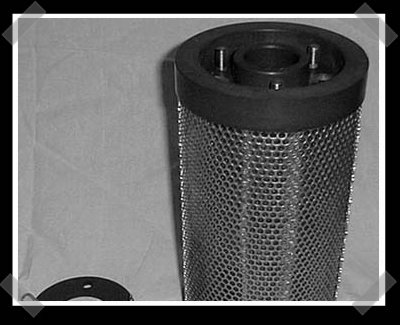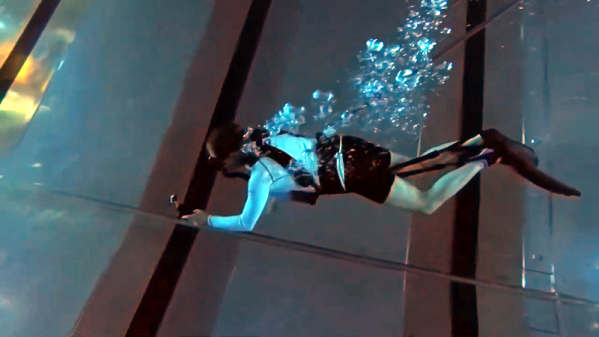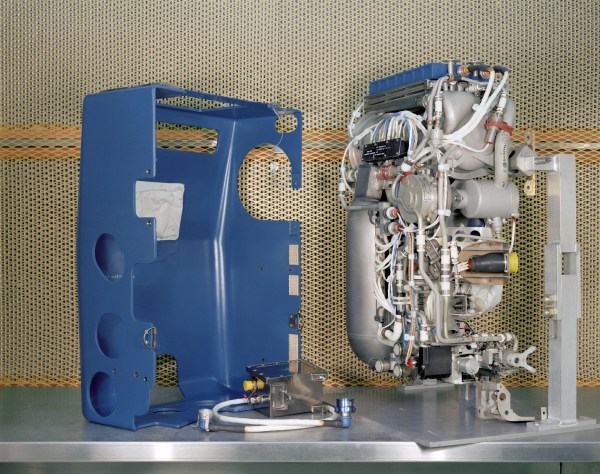Hackaday Editors Mike Szczys and Elliot Williams shed some light on a true week of hacks. It seems as though all kinds of projects are doing this the “wrong” way this week and its delightful to see what they learn along the way. Hovercraft can work using the Coandă effect which uses the blowers on the outside. You can dump your Linux logs to soldered-on eMMC memory, and chain sprockets can be cut from construction brackets. If you really want to build your own rebreather you can. All of these hacks work, and seeing how to do something differently is an inspiring tribute to the art of hardware hacking… you can learn a lot by asking yourself why these particular techniques are not the most commonly used.
Plus, Mike caught up with Alessandro Ranellucci at Maker Faire Rome last weekend. In addition to being the original author of slic3r, Alessandro has been Italy’s Open Source lead for the last several years. He talks about the legislation that was passed earlier this year mandating that software commissioned by the government must now be Open Source and released with an open license.
Take a look at the links below if you want to follow along, and as always tell us what you think about this episode in the comments!
Take a look at the links below if you want to follow along, and as always, tell us what you think about this episode in the comments!
Direct download (60 MB or so.)

















